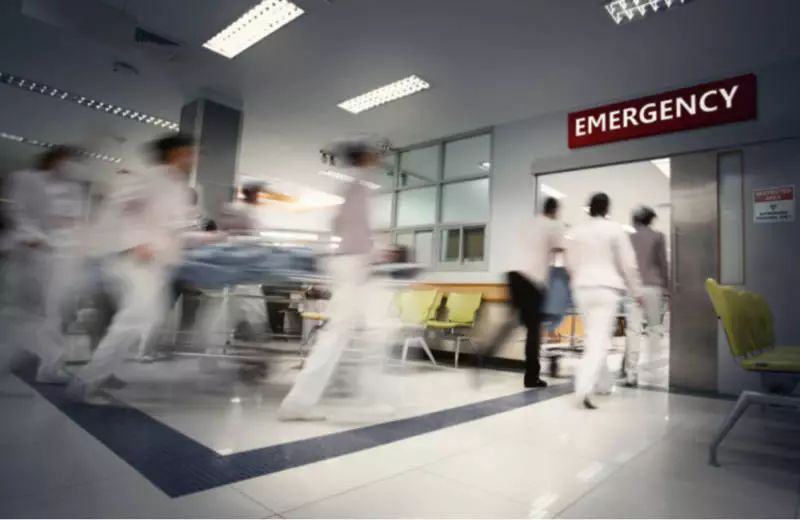Nurses work the frontlines during emergencies. It’s simply part of the job description. While the COVID-19 pandemic drove that point home in 2020, that’s just one of many situations that require emergency preparedness for nurses.
Over the course of a career, a nurse is likely to see many such “disaster nursing” conditions. They can include natural disasters, mass shootings, terrorist attacks, and what are known as CBRNE events – chemical, biological, radiological, nuclear, and explosive events.
For every nurse who earns an RN to BSN or MSN in nursing, disaster training is a key part of their education. Some of that training happens in the classroom. Nurses also learn through internships, on the job experience, and in special training outside of nursing school.
The Types of Disasters Nurses Face
The American Nurses Association (ANA) separates disasters into natural disasters and the CBRNE categories. The ANA notes that whether natural or manmade, disasters may become “scary, chaotic, and tragic events.”
They add: “The type of response and the level of response needed often depends on the type and severity of the disaster.” However, all disaster training and planning should cover issues common to most events. They include, according to the ANA:
- The mental health of both disaster victims and responders
- Planning for special needs populations, including the elderly, children, persons with disabilities and incarcerated people
- Surge capacity in hospitals and clinics
For nurses, disaster training starts in school and continues on the job.
How Colleges Provide Emergency Preparedness for Nurses
Because disasters take many shapes, nurses may seek training outside of school for specific situations. However, nursing school provides them a foundation in emergency nursing.
Houston Christian University focuses on helping students put nursing theory into practice. The competency-based online RN to BSN and hybrid MSN programs offer students opportunities to work with experienced nurses, including programs available through a partnership with the Texas Medical Center, the largest medical center in the world.
Texas nurses who teach in the program have plenty of experience in dealing with disasters, including hurricanes and flooding. HCU also pairs each student in the RN to BSN program with a personal success coach who helps guide them with their subject matter expertise. That knowledge includes emergency nursing.
On-the-Job Training and Continuing Education
Beyond their education at college, nurses have many options to take classes that enhance their skills and knowledge in emergency preparedness. The ANA “strongly recommends” that nurses take advantage of these options. They include reading nursing journals and literature.
Research shows such classes better prepare nurses for disasters. A program in New York City taught working nurses best practices in handling CBRNE events. Nurses in the program went from scoring 54% on a pre-test about CBRNE to 89% on a post-class test.
Another example is ANA’s COVID-19 Webinar Series that gives nurses the latest information on dealing with patients during the pandemic. The Centers for Disease Control and Prevention offers a wealth of emergency preparedness and response training information. Topics include radiation emergencies and self-paced courses on disaster management offered by the Federal Emergency Management Agency.
The pandemic offers a rare example of nurses everywhere facing the same issue. In most cases, the types of disasters nurses learn to deal with on the job depending on the region where they work. In Houston, nurses learn to prepare for natural disasters such as floods and hurricanes.
While the COVID – 19 pandemic has shown that it’s impossible to know exactly what lies ahead, nurses can prepare for disasters through formal education, on the job training, and continuing education. As we’ve seen recently, preparation is key for the health of patients and nurses.
